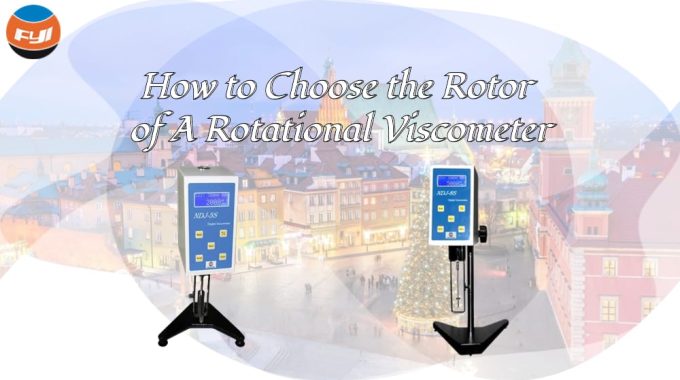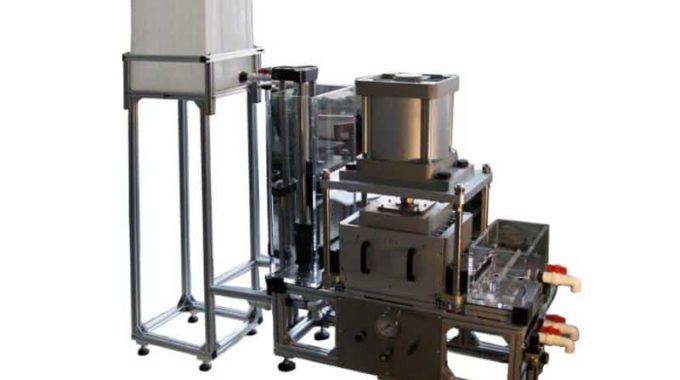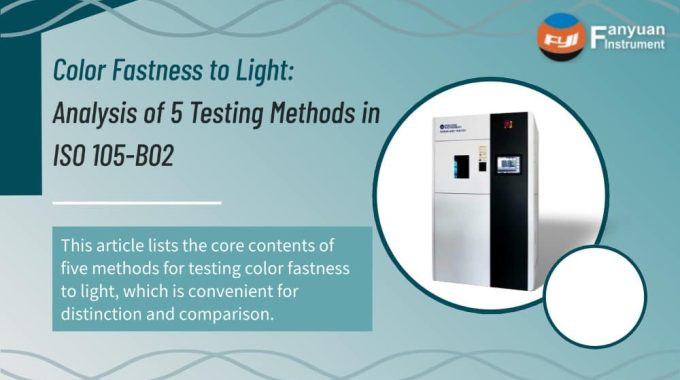
How to Choose the Rotor of A Rotational Viscometer
The rotational viscometer is a digital viscometer. The motor drives the rotor to rotate at a constant speed through variable speed. The casing of the motor is mounted in a suspended manner, and it drives the drum to rotate through the rotating shaft. When the drum rotates in the liquid to be measured, it receives viscous resistance, which generates a reaction force to deflect the motor housing. The motor housing is connected to two metal hairsprings, one installed in front and one in reverse. The rotation of the housing causes the hairsprings to generate torque. When the balance of the hairspring’s torque and the viscous resistance torque is reached, the pointer connected to the motor housing points out a certain value on the dial, which is proportional to the viscous resistance of the rotating drum. The scale reading multiplied by the drum factor then represents the magnitude of the dynamic viscosity.
Contents
Rotor of rotational viscometer
When the rotor rotates in the liquid, the liquid will produce a viscosity torque acting on the rotor, and the viscosity torque will be larger; conversely, the smaller the viscosity of the liquid, the smaller the viscosity torque of the rotational viscometer will be. The viscous torque acting on the rotor is detected by the sensor, and the viscosity of the measured liquid is obtained after computer processing.
Viscometer spindles are divided into 4 categories, LV spindle, RV spindle, SC4 spindle, and CAP spindle, which correspond to testing the viscosity of different fluid properties. Which rotor to use depends on the viscosity of the fluid the customer is testing.
LV rotor: It is the rotor of LV range machines, corresponding to NDJ, SNB series, DV series, NTV-S series, and NTV-P series. (The rotor shape and size of LVR and LV are the same.)
RV rotor: It is the rotor of the RV range machine, corresponding to the R, HA, and HB ranges of the SNB series, DV series, NTV-S series, and NTV-P series.
SC4 rotor: rotor for small sample adapter, corresponding to SNB series, DV series, NTV-S series, NTV-P series
CAP rotor: Cone and plate rotor, corresponding to CAP3 and CAP2 cone and plate viscometer.
How to correctly select the rotor or adjust the speed
When measuring the viscosity of a sample with a viscometer, you need to correctly select the spindle or adjust the rotation speed so that the indication value is between 20 and 90 divisions. If the indication value is above 90 grids, the torque generated by the hairspring will be too large, which will easily cause creep and damage the hairspring, so the rotor and speed must be selected correctly.
First roughly estimate the viscosity range of the liquid to be measured, and then select the appropriate rotor and speed according to the measuring range. Taking NDJ-8ST as an example, the following combinations can be used when measuring a liquid of about 3000mPa/s:
Rotor No. 1 – 1.5 rpm or Rotor No. 2 – 6 rpm or Rotor No. 3 – 30 rpm.
When the approximate viscosity of the liquid being measured cannot be estimated, a higher viscosity should be assumed, and the rotor should be adjusted from small to large and the rotation speed from slow to fast. The principle is that for liquids with high viscosity, use small rotors (high rotor number) and slow speed; for liquids with low viscosity, use large rotors (low rotor number) and fast speed.
The principle of selecting the combination is to make the viscosity of the standard product about 50% of the full scale. The range of less than 10% of the full scale and greater than 90% is inappropriate. It is worth noting that although the combination of a large rotor (low rotor number) at low speed and the combination of a small rotor (high rotor number) and high rotation speed can obtain approximately the same measurement range. However, in order to avoid eddy currents generated at high speeds and make the measurement results unstable and reduce the wear and tear of the instrument, a combination of a small rotor and a low speed should be chosen as much as possible.
Rotational viscometer
The NDJ/SNB Series Rotational Viscometer is used to determine the viscosity of various fluids and semi-fluids. It may also determine the dynamic and structural viscosities of mineral oil, lubricating oil, adhesives, paint, dyestuff, and ink.

Applicable scene
1. Petroleum and petrochemical industry: Viscometer plays an important role in oil mining, refining and petrochemical processes. For example, it can be used to measure the viscosity of crude oil to determine appropriate delivery conditions and handling methods. During the refining process, the viscometer can be used to monitor the quality of fuel oil to ensure it meets specified viscosity ranges.
2. Cosmetics and personal care products: Viscosity is an important attribute of cosmetics and personal care products such as lotions, shampoos, skin creams, etc. Viscometers can be used to test the rheological properties of these products to ensure they have the desired consistency and uniform texture. For example, it can measure the viscosity of a certain shampoo to ensure it’s not too thin or too thick so it’s easy for consumers to use.
3. Food and Beverage Industry: Viscometer is used in the food and beverage industry to control the quality and flowability of products. For example, in jam or sauce production, it can be used to monitor viscosity to ensure the product meets the desired mouthfeel and flow properties.
4. Medicine and biotechnology: In the fields of medicine and biotechnology, viscometers are widely used in the R&D and production of pharmaceutical formulations and biological preparations. Control of viscosity is critical to drug stability and fluidity for injection or oral administration. For example, a viscometer can be used to measure the viscosity of a pharmaceutical solution to ensure it is properly injected into the body.
5. Paint and paint industry: In the paint and paint manufacturing process, viscometers are used to measure the viscosity of paint to ensure that the coating is uniform and easy to apply. This is essential for quality control of the coating process and also helps avoid problems caused by coatings with too little or too much fluidity.
Comments are closed.



See for yourself how this blog effortlessly combines information and entertainment.
About the diverse range of topics covered, this blog caters to a wide audience with varied interests.
Pretty! This has been a really wonderful post. Many thanks for providing these details.
Most impressive is the author’s ability to tackle complex subjects with clarity and precision.